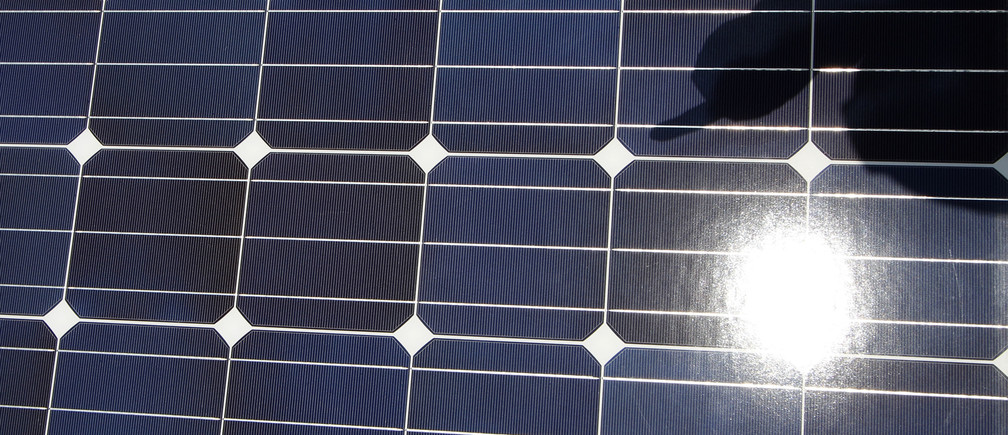How Japan became the world leader in floating solar power

A bright idea.
Image: REUTERS/Toru Hanai
Stay up to date:
Decarbonizing Energy
How do you increase your solar energy output when you need all your land for agriculture and for housing? Answer: take to the water. That’s just what they are doing in Japan.
The world’s first floating solar plant was built in Japan, in Aichi Prefecture in central Honshu. The country’s many inland lakes and reservoirs are now home to 73 of the world's 100 largest floating solar plants and account for half of those plants’ 246 megawatts of solar capacity.
Hyogo Prefecture in southern Honshu has almost 40,000 lakes and already hosts nearly half the floating solar capacity of the world’s 100 largest plants. Many plants are small scale, helping the region to kick-start the move to distributed local power generation which the World Economic Forum has identified as the key to transforming the world’s power supply.
How is the World Economic Forum facilitating the transition to clean energy?
The biggest Japanese floating solar plant sits behind the Yamakura Dam at Ichihara in Chiba Prefecture. It covers 18 hectares, can power nearly 5,000 homes and is saving more than 8,000 tonnes of CO2 a year.
Tailor-made for Asia
Floating solar is particularly well suited to Asia, where land is scarce but there are many hydroelectric dams with existing transmission infrastructure. China has just connected the world’s biggest floating solar plant at Anhui, which will generate almost 78,000 megawatts in its first year, enough to power 21,000 homes.
But Anhui’s record may not stand for very long. Next year, South Korea is due to complete what it says will become the world's largest floating solar plant, delivering 102.5 megawatts, capable of powering 35,000 homes. Singapore has built an offshore floating solar power plant in the Strait of Johor and Thailand plans 16 floating solar projects on nine hydropower dam reservoirs.
The world’s top 10 floating solar plants
The technology is relatively new. The first patents were taken out in 2008 and its proponents say floating solar is up to 16% more efficient than land-based systems. As well as freeing up scarce land, floating solar panels also stop the growth of algae, which can harm fish stocks and slow the rate of evaporation from reservoirs.
Surging ahead
World floating solar output grew 100-fold from 2014 to 2018. It could soon provide more power than conventional land-based systems. The pace is picking up. India recently announced it plans to create 10 gigawatts of floating solar capacity.
Although its proponents say floating solar has massive potential, critics worry it may harm marine ecosystems by blocking sunlight. They also point to its vulnerability to bad weather. In 2017, a typhoon did considerable damage to an installation near Osaka.
On the up side, floating solar linked to hydroelectric plants has the potential to maintain power supplies when water levels drop. Experts say that it works well where power grids are weak. They think sub-Saharan Africa could be the next big beneficiary of the technology.
Don't miss any update on this topic
Create a free account and access your personalized content collection with our latest publications and analyses.
License and Republishing
World Economic Forum articles may be republished in accordance with the Creative Commons Attribution-NonCommercial-NoDerivatives 4.0 International Public License, and in accordance with our Terms of Use.
The views expressed in this article are those of the author alone and not the World Economic Forum.
Related topics:
Forum Stories newsletter
Bringing you weekly curated insights and analysis on the global issues that matter.
More on Nature and BiodiversitySee all
Tom Crowfoot
August 20, 2025
Chavalit Frederick Tsao
August 19, 2025
Andrea Willige
August 15, 2025
Tom Crowfoot
August 14, 2025
James Balzer
August 14, 2025








